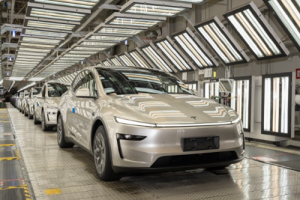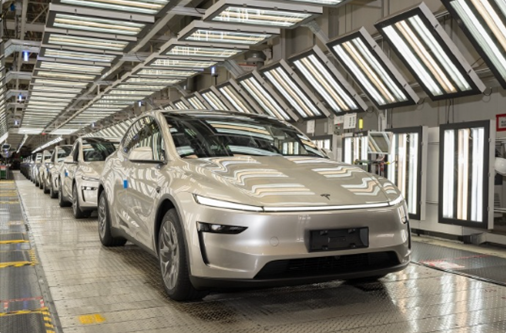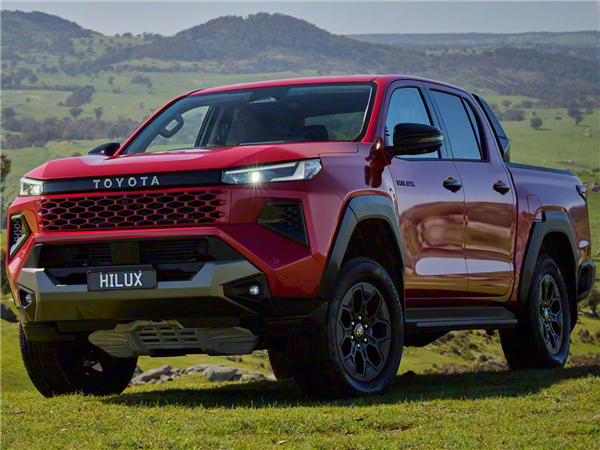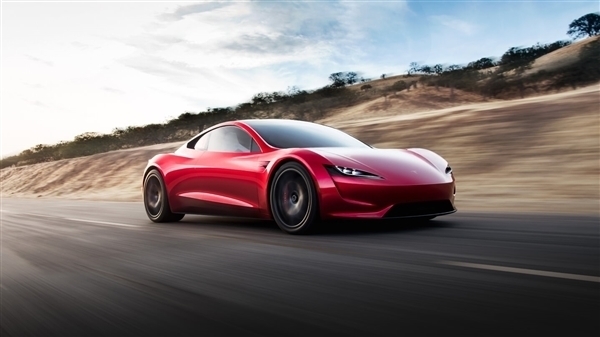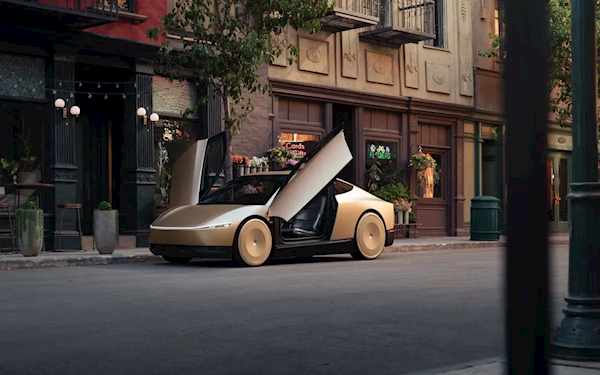July 3, 2025 – Tesla has recently unveiled a fresh set of statistics concerning the battery longevity of its electric vehicles (EVs). Over the roughly decade-long period since Tesla started mass-selling EVs, it has been found that, regardless of the battery chemistry, the capacity of Tesla EV batteries drops to 80% of their original capacity when the average mileage reaches 200,000 miles.
Interestingly, in the European market, where driving distances are generally shorter compared to the US, Tesla car batteries tend to reach the 80% capacity mark earlier. On average, a 20% capacity degradation occurs at around 150,000 miles. This indicates that besides mileage, the battery’s service life is also a crucial factor. Whether it’s a Tesla owner in the US driving 20,000 miles per year or one in Europe covering 15,000 miles annually, their vehicle batteries will experience a 20% capacity decline over the same time frame.
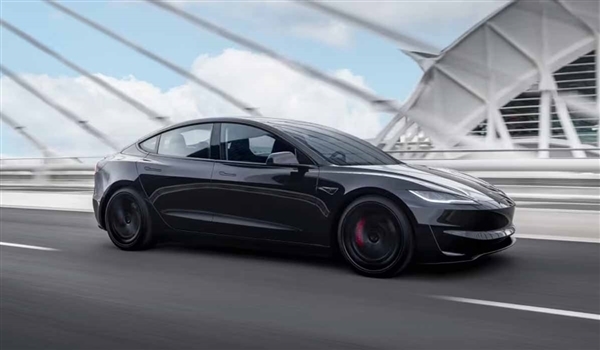
Tesla has stressed that although battery capacity declines over time, the lifespan of its batteries still far exceeds that of the vehicles themselves. After more than a decade and 200,000 miles of use, owners usually consider upgrading their cars.
Currently, the average service life of vehicles on US public roads is rapidly approaching 13 years, setting a new record. This situation implies that Tesla needs to make further improvements in terms of battery lifespan and warranty policies. Chinese companies are already moving in this direction. Contemporary Amperex Technology Co. Limited (CATL), the world’s largest battery manufacturer, is collaborating with EV maker NIO to standardize battery warranties at 15 years and reduce the battery capacity degradation rate to 15%.
It remains unclear whether Tesla will follow suit. Notably, Tesla’s lithium iron phosphate (LFP) battery plant in the US is nearing completion, and the production equipment will be supplied by CATL.


